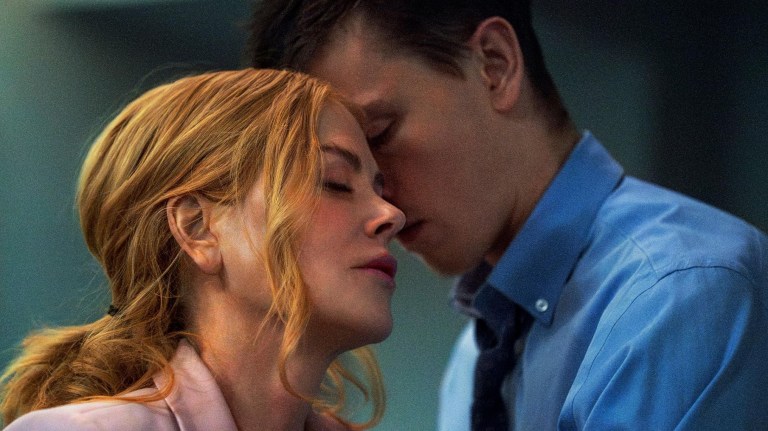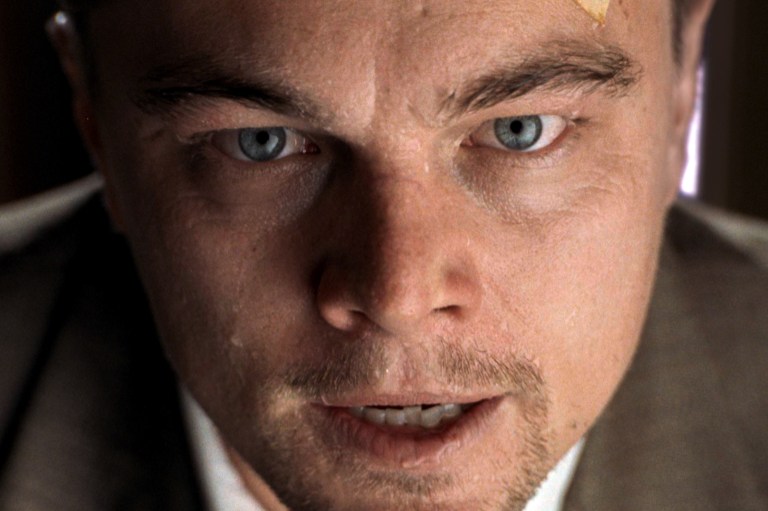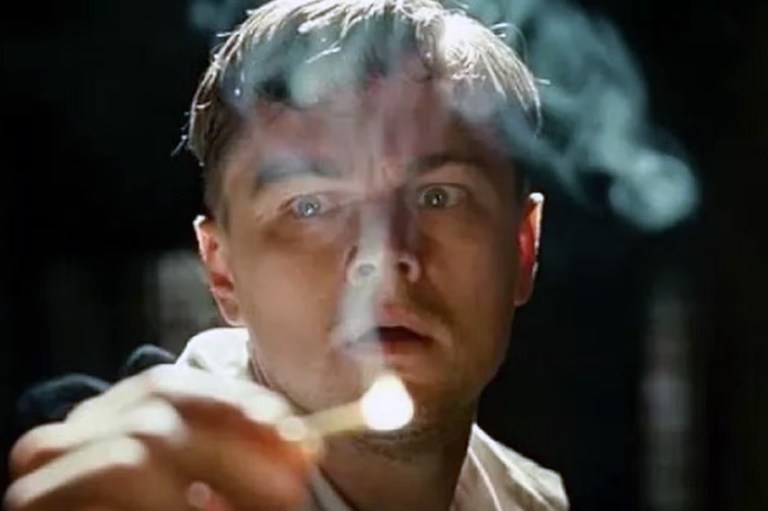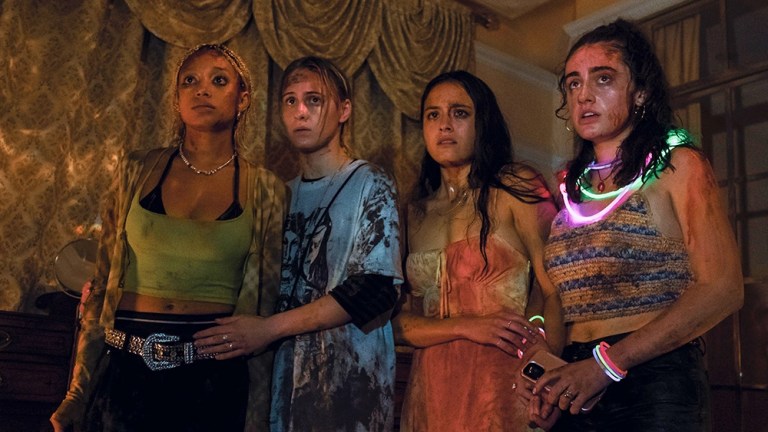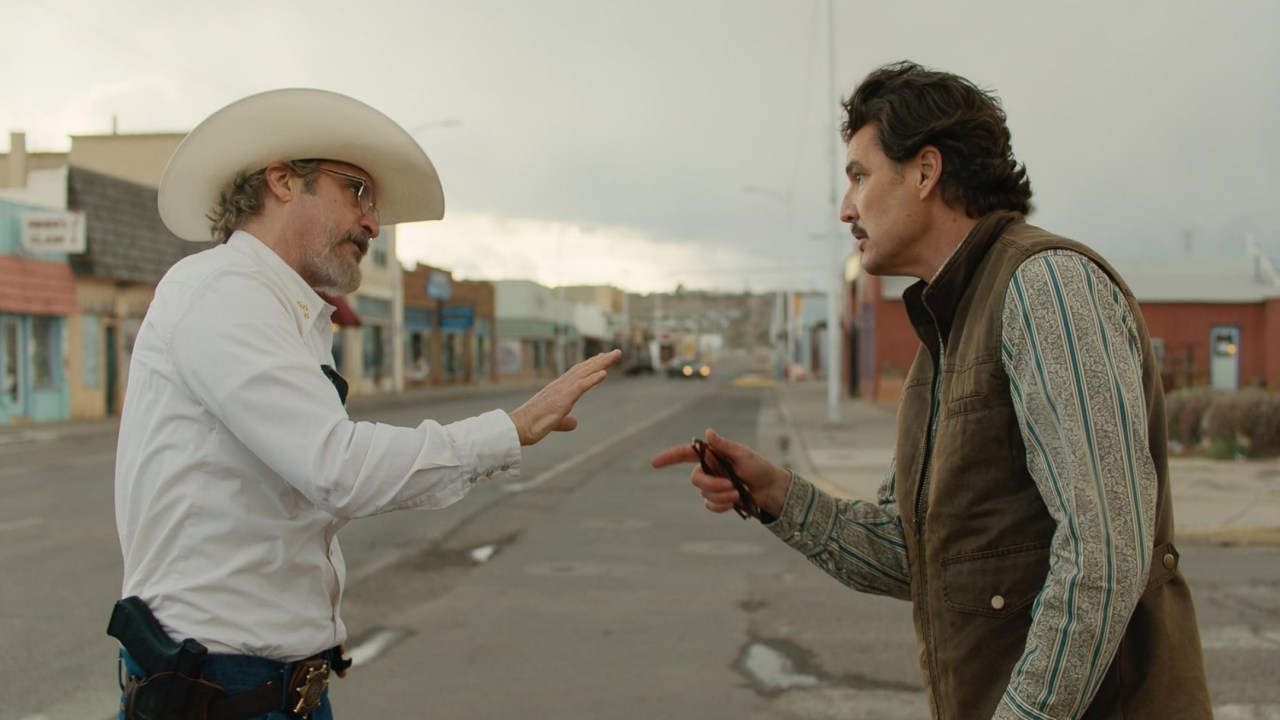
8 Amazing Neo-Westerns To Watch Ahead Of New A24 Movie ‘Eddington’
You don’t have to love a Western to fall in love with a neo-Western (although it probably helps).
Distancing itself from the historical settings of the infamous 20th century frontier, neo-Westerns instead offer a contemporary portrayal of the genre, specifically looking at characters and issues often glossed over in popular Westerns films of the ‘40s and ‘50s. Such is especially the case with neo-Westerns set in a more modern era, be it the desert landscape of 1970s Texas or the snowy plains of modern day Wyoming.
With audiences looking ahead to the release of the Joaquin Phoenix-led Eddington, we decided to take a look at some of the absolute best neo-Westerns in the genre to date, ranking them in order from worst to best.
Near Dark (1987)
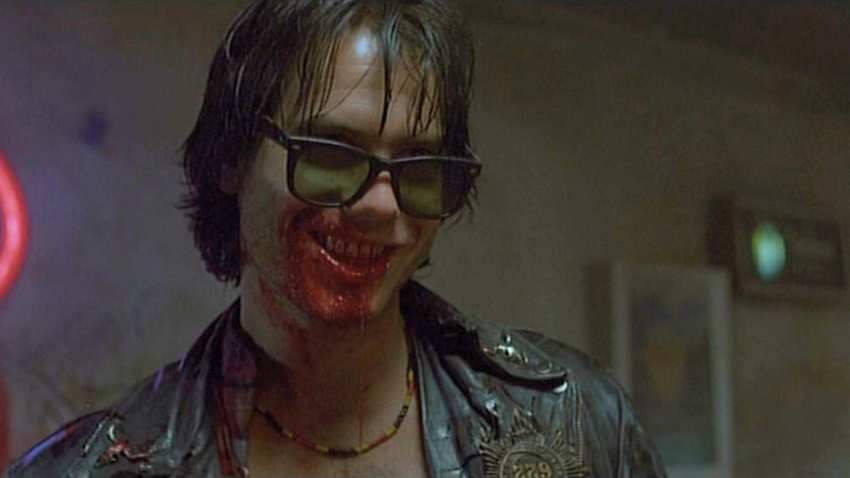
Who would have thought cowboys and vampires would make such an effective combination? Combining elements of a traditional Western with a gothic horror film, Near Dark finds a group of immortal vampires roaming 1980s Oklahoma in search of prey. Led by a motley crew of phenomenal actors like Bill Paxton, Lance Henriksen, and Jenette Goldstein, it’s a cult classic film that appeals to a variety of prospective viewers, regardless of whether you love Westerns, horror, action, or surprisingly off-kilter comedy.
El Camino: A Breaking Bad Movie (2019)
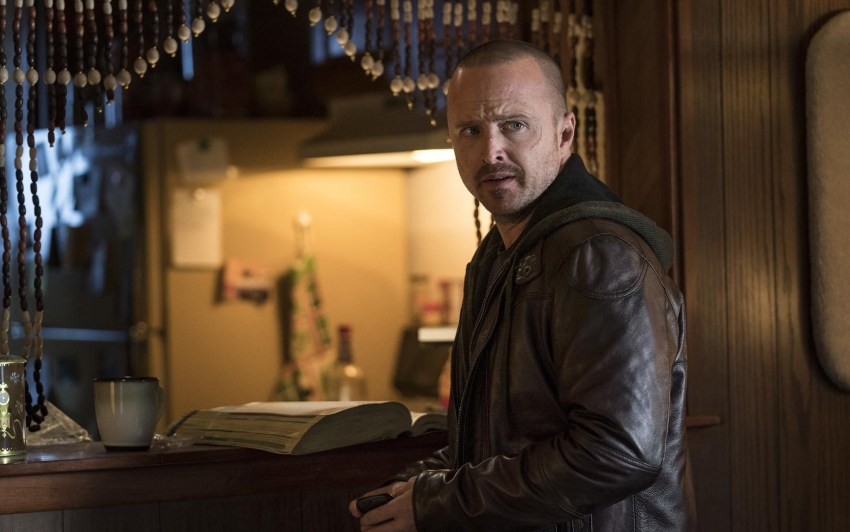
For years, fans wondered whether they might one day see a continuation of Breaking Bad in some way, shape, or form. Six years after the series’ finale, that long-romanticized dream ultimately became a reality with 2019’s El Camino: A Breaking Bad Movie. Following Jesse’s eventful escape from the authorities after his release from captivity, El Camino delivers a startling final sendoff for Walter White’s criminal associate, ending Breaking Bad’s overall story on a satisfying high note.
Logan (2017)
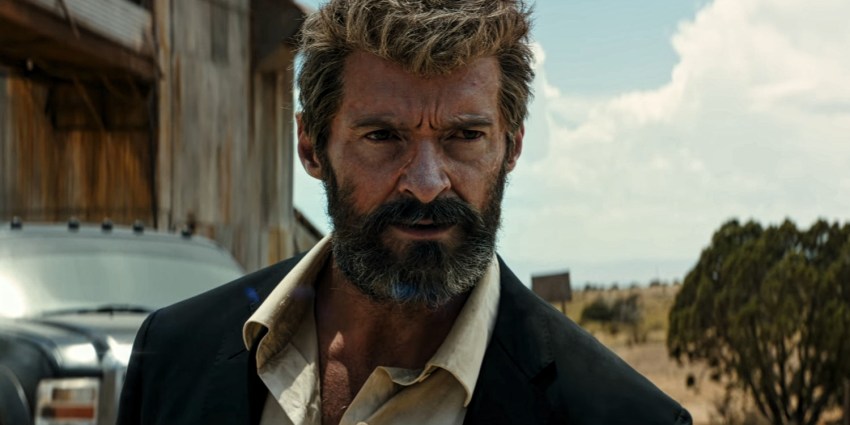
Just as Near Dark offers a more Western-oriented portrayal of the horror genre, Logan accomplishes a similar feat when it comes to balancing out elements of a superhero epic with a tried-and-true Western narrative. In hindsight, we of course know Hugh Jackman eventually chose to return to his famous X-Men character in later MCU projects. But at the time of its release, Logan seemed to mark the end of an era within superheroes’ cinematic history, finally closing the book on Wolverine’s nearly 20-year-long journey since 2000’s X-Men.
Wind River (2017)
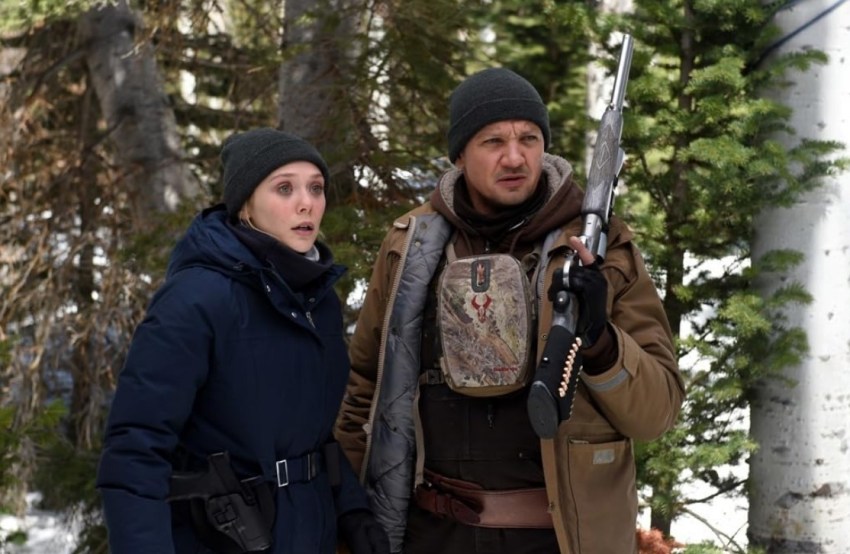
By the end of the decade, most people would come to know Taylor Sheridan for creating such beloved drama series as Yellowstone, 1883, and 1923. But in the mid 2010s, the recurring Sons of Anarchy actor was making a name for himself based off of screenplays for films like Sicario, Hell or High Water, and 2017’s Wind River. In the case of the latter, Wind River offers up an engrossing portrayal of a murder investigation on a Native American reservation in Wyoming. Through its central plot, the finished film provides an intelligent (if often upsetting) glimpse into the real-life issues affecting Indigenous communities today, especially when it comes to systemic violence Native women face in both Canada and the U.S.
Sicario (2015)
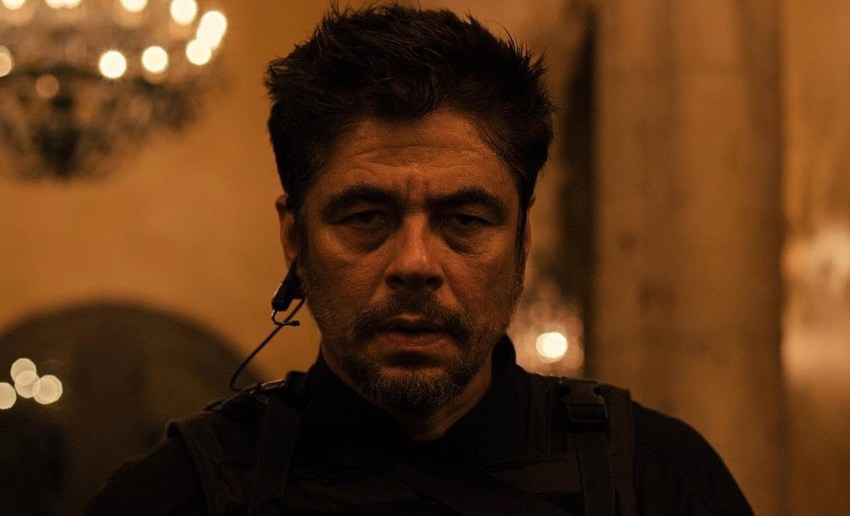
The first film ever penned by Sheridan, Sicario also kicked off the writer’s stylistically linked neo-Western trilogy in grand fashion. Exploring the darkest aspects of the government’s war on the drug trade, Sicario also analyzes the blurred lines between law and morality along the U.S.-Mexico border. Featuring a talented cast that includes Josh Brolin, Emily Blunt, and a scene-stealing Benicio del Toro, it’s a fantastic crime thriller you’ll find yourself returning to again and again and again.
Hell or High Water (2016)
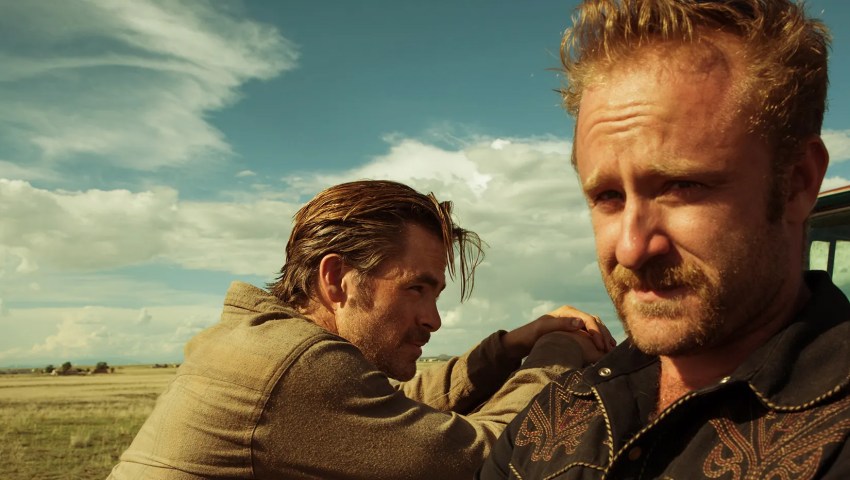
As with both Sicario before it and Wind River after it, Hell or High Water finds writer Taylor Sheridan presenting the basic archetypes within the Western genre in a new, far more introspective light. Adopting the idea of bank robberies, desperate thieves, and the determined Texas Rangers hot on their trails, Hell or High Water provides a morally ambiguous thriller that leaves plenty of room for individual interpretation, revealing new layers to its complex narrative each time viewers revisit it.
Brokeback Mountain (2005)
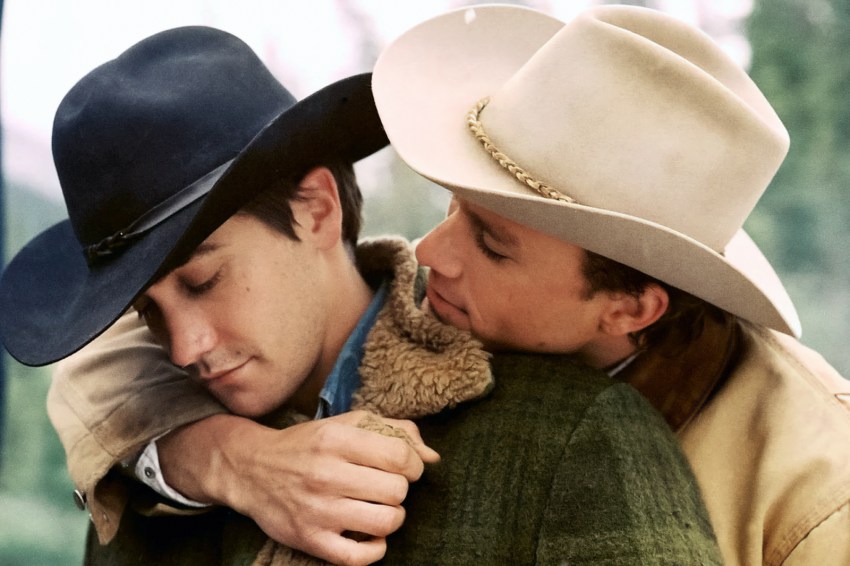
As most audiences likely know, Westerns aren’t exactly known for their exclusive portrayal of marginalized individuals within the late 20th century or early 21st century. In this sense, Brokeback Mountain exists as something of a rarity in the annals of film history, focusing on the intense romantic connection formed between two cowboys in 1960s Wyoming. Through its historical setting and basis in the Western genre, director Ang Lee eloquently explores how social stigma and our surroundings influence our approaches to life, impacting who we are and who exactly we’re able to love.
No Country for Old Men (2007)
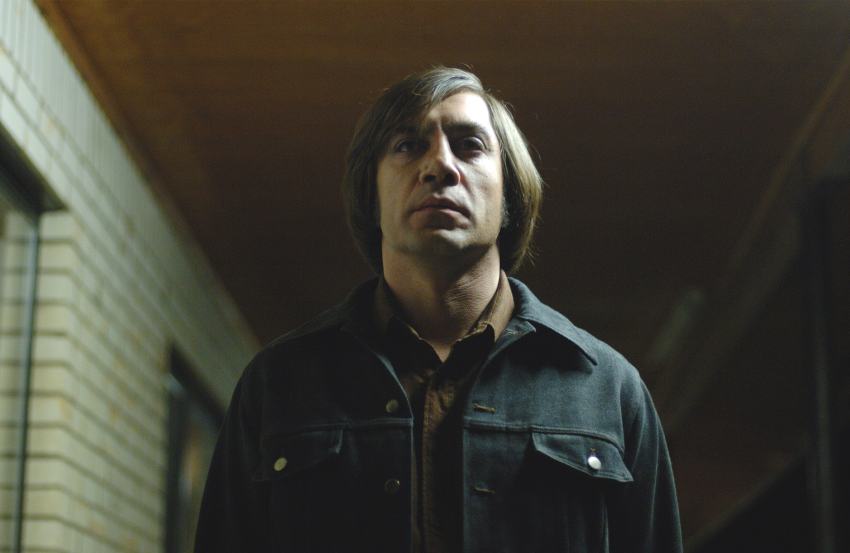
Based on the best-selling novel by the late great Cormac McCarthy, No Country for Old Men might very well be the greatest Coen brothers’ film we’ve seen to date. Utilizing a minimalist approach to the Western genre, No Country for Old Men nevertheless packs in a whirlwind of nuanced complexity in the course of its two hour runtime. Focusing on the fateful chase between Tommy Lee Jones’ aged sheriff, Josh Brolin’s grizzled welder, and Javier Bardem’s near-demonic hitman, No Country for Old Men is a modern classic practically destined for iconic status in the immediate years ahead.
